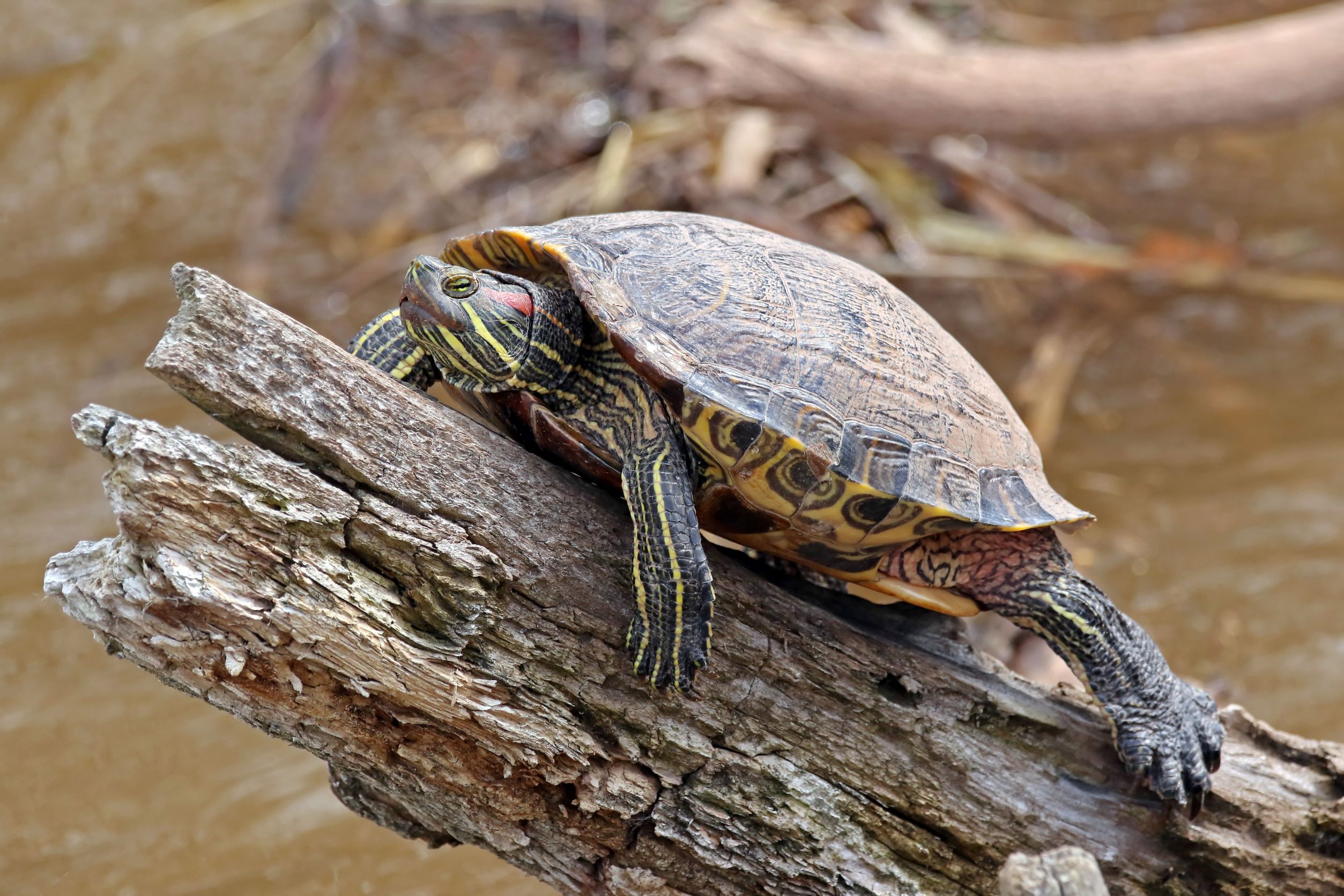Sometimes being slow has advantages
In “Survival of the Slowest” live animals will show you how they manage to thrive in a world where large, strong and fast animals are often at the top of the food chain. Explore dozens of habitats teeming with live plants and animals, and discover their counterintuitive adaptations and surprising strategies for survival.

So, how do the slow survive?
- Tortoises, lionfish and porcupines have evolved armor to deter attack.
- Sloths’ slowness makes them extremely vulnerable on the ground. There are only two reasons a sloth will leave a tree: to find a mate and to poop.
- Some tarantulas have gone two years without eating.
- Giant Madagascar day geckos can shed their tail and skin to escape predators.
- Like many chameleons, the veiled chameleon has a tongue that is almost as long as its body.
- Hedgehogs can have as many as 5,000 quills.

You will learn how general biology concepts apply in the real world and how survival in the animal world is all about trade-offs—some are cold-blooded, others warm-blooded; some are adapted to need food less frequently than others; and some find unique ways to hide from their adversaries.
Most people know why it is good to be bigger, stronger, faster. But evolving to be slower as a mechanism for survival? Many animals have evolved to slow down as part of their survival strategy. “Survival of the Slowest” encourages you to slow down and consider some of the advantages of being slow along with some of the disadvantages of being fast.

“We have this wonderful opportunity to showcase nature’s small and well-adapted animals,” said Frank-Thorsten Krell, Ph.D., “Survival of the Slowest” and senior entomology curator. “Through this exhibition, you'll experience firsthand how these animals survive in their habitats and how they interact with their world. Plus, you get to meet these animals in person and speak with caretakers about their personalities and preferences!”
“Survival of the Slowest” was produced by Little Ray’s Nature Centres, an exotic animal rescue and educational outreach program based in Canada. The center is accredited by Canada’s Accredited Zoos and Aquariums and adheres to the highest standards of quality animal care and welfare to achieve this certification.

The exhibition will be open daily from 9 a.m. to 5 p.m. with extended hours on Fridays until 9 p.m. through Jan. 9, 2022. For more information and tickets, visit dmns.org/sos.
Meet the Exhibition Experts
These are the spokespeople from the Denver Museum of Nature & Science for the “Survival of the Slowest” traveling exhibition. Curators and educators provide professional expertise from their respective fields of study to enhance the content and experience in the traveling exhibitions hosted by the Denver Museum of Nature & Science.
Mark Your Calendar
Don’t wait to reserve your tickets for “Survival of the Slowest” members only events:
- Member Preview Day: Thursday, Oct. 21, 9 a.m. to 9 p.m.
- Members Only Evening: Wednesday, Oct. 27, 6-9 p.m.
- Adult Members Only Evening: Wednesday, Nov. 3, 6-9 p.m.
